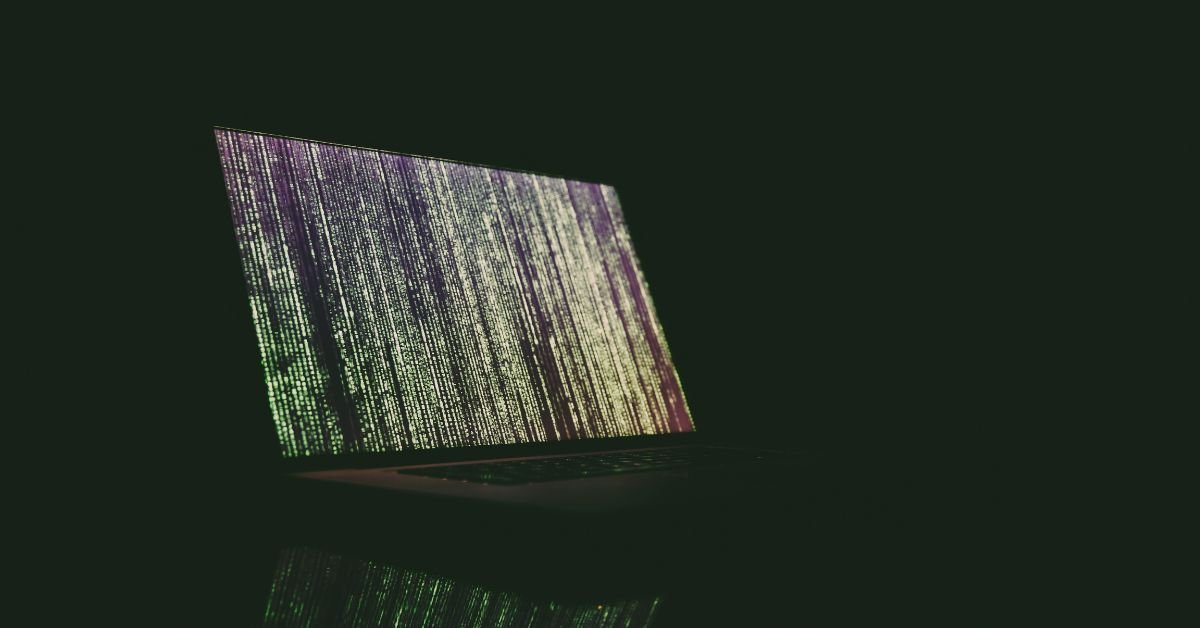The biggest cybersecurity challenges of this decade are the escalating AI arms race, securing a completely dissolved and decentralized perimeter, the looming threat of quantum computing, the persistent global cybersecurity skills gap, and the timeless vulnerability of the human element.
As we stand in the late summer of 2025, the challenges defining this decade are not just incremental changes; they are fundamental, paradigm-shifting forces that are reshaping the entire landscape of digital defense for organizations here in Rawalpindi and across the world.
1. The AI Arms Race
This is the most immediate and dynamic challenge. Artificial intelligence is now the primary tool for both attackers and defenders, creating a relentless cycle of innovation and escalation.
- The Challenge: Malicious actors are leveraging AI to launch attacks of unprecedented sophistication. This includes creating flawless, personalized phishing emails, deepfake voice and video scams for social engineering, and adaptive malware that can change its own code to evade detection.
- The Impact: This forces defenders to rely on their own AI-powered systems for threat detection and automated response. The result is an “AI-on-AI” battlefield where the speed of conflict is measured in milliseconds, and human intervention is often too slow. Winning in this environment requires constant innovation in AI-driven defense.
2. Securing a Dissolved Perimeter
The traditional concept of a secure corporate network—a “castle-and-moat”—is dead. The new reality is a sprawling, decentralized, and borderless digital environment.
- The Challenge: The mass adoption of cloud computing, the permanence of remote work, and the explosion of the Internet of Things (IoT) have completely dissolved the old network perimeter. A company’s attack surface now extends from its cloud servers to every employee’s home network and every smart sensor it deploys.
- The Impact: This has made Zero Trust Architecture a necessity, not a choice. The challenge of the decade is the massive, complex, and expensive undertaking of re-architecting entire IT environments around the principle of “never trust, always verify,” where identity, not the network, is the new security perimeter.
3. The Quantum Computing Threat
This is the long-term, “paradigm-ending” challenge looming over the entire field of cybersecurity.
- The Challenge: The development of a sufficiently powerful quantum computer will render most of the public-key encryption that protects our data today completely useless. An attack of this nature could decrypt virtually all secure communications, financial transactions, and state secrets.
- The Impact: The primary challenge is the “harvest now, decrypt later” threat, where adversaries are already stealing and stockpiling encrypted data today, waiting for the day they can break it with a quantum computer. This has spurred a global race to develop and deploy Post-Quantum Cryptography (PQC), a complex global migration that will be one of the most significant technological undertakings in history.
4. The Global Cybersecurity Skills Gap
We are building a more complex digital world, but we are not training enough people to secure it.
- The Challenge: There is a massive and persistent global shortage of qualified cybersecurity professionals. The latest estimates show a workforce gap of around 4 million people.
- The Impact: This shortage has critical consequences for businesses and nations, including Pakistan. It leads to security teams being overworked, understaffed, and prone to burnout. Critical security roles remain unfilled for months, leaving dangerous gaps in a company’s defenses and hindering its ability to innovate securely. This makes automation and AI-powered tools not just a strategic advantage, but a necessity to augment the limited human workforce.
5. The Human Element
Despite all the technological advancements, the most enduring challenge remains the same: the human element.
- The Challenge: The vast majority of all successful cyberattacks still begin with a human error—an employee clicking on a phishing link, using a weak password, or falling for a social engineering scam.
- The Impact: This means that no matter how advanced our technology becomes, security will always be a human problem. The challenge of the decade is to move beyond simple “awareness” training to a more sophisticated model of Human Risk Management. This involves building a deep-rooted security culture, using data to understand why people make mistakes, and designing systems that are not only secure but also intuitive and easy for people to use correctly.
